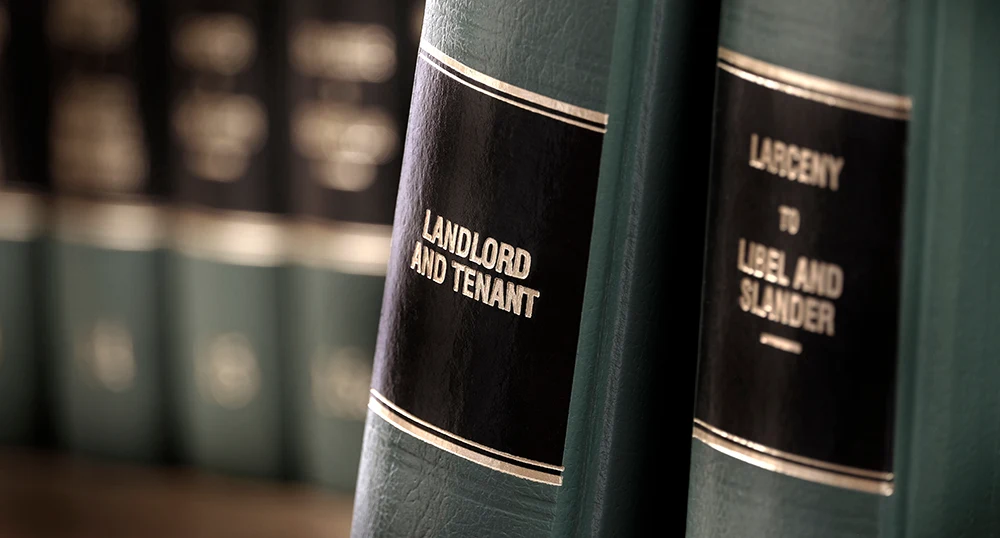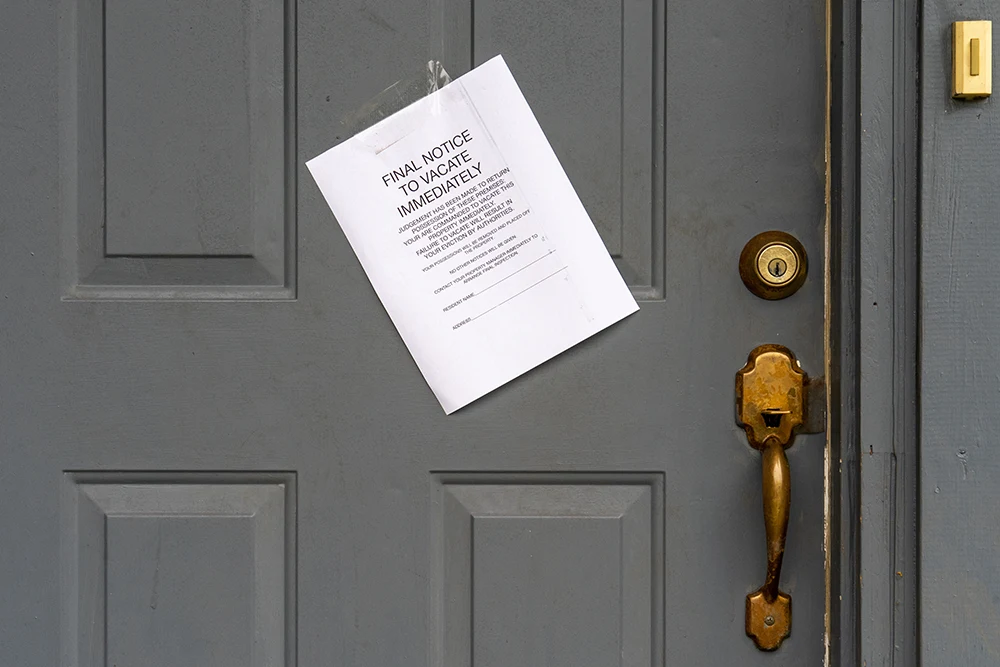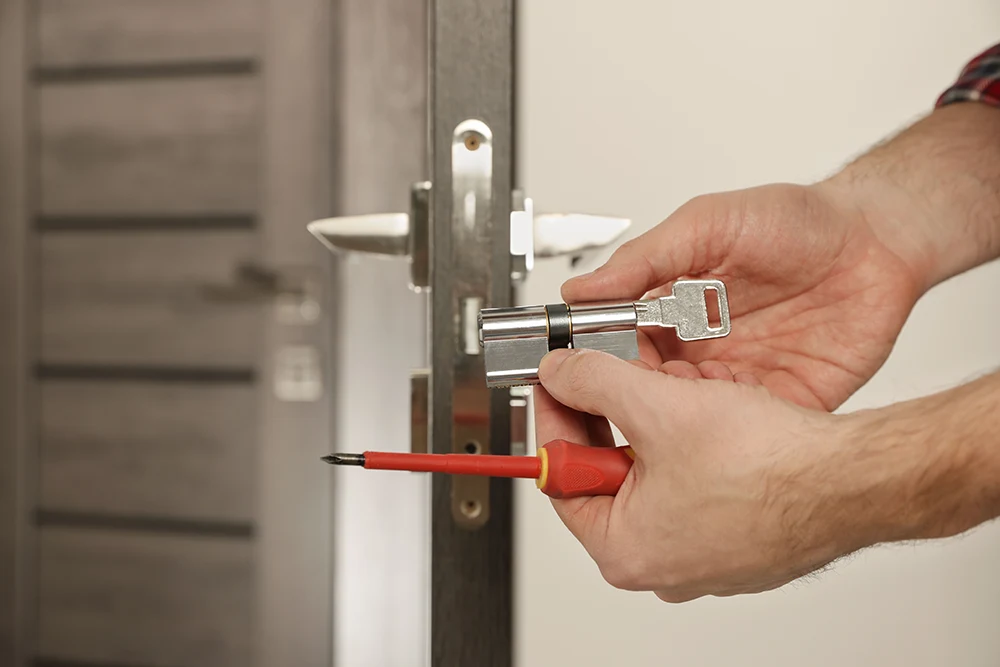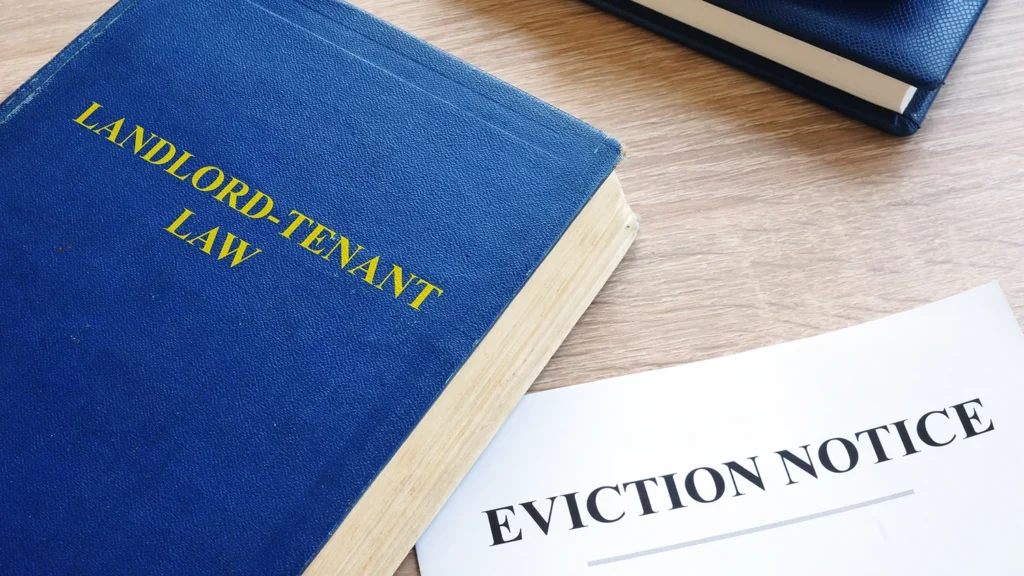Shield Your Investment from Disaster by Mastering the Utah Eviction Process
Keyword: how to evict a tenant in Utah
It’s a landlord’s single greatest fear: a problem tenant who hasn’t paid rent in months, is damaging the property, or simply refuses to leave. For property owners and real estate investors, a tenant who breaches the lease agreement is not just a nuisance; they are an immediate threat to your financial security and the preservation of your asset. The clock is ticking, and every day they remain on the premises is another day of lost income and increased liability. Wondering how to evict a tenant in Utah? Rhino Property Management understands this process.
- Part I: The "Why" — Legal Grounds for Eviction in Utah
- Part II: How to Evict a Tenant in Utah – Legal Process
- Part III: Critical Mistakes to Avoid (Illegal "Self-Help" Evictions)
- Part IV: The Rhino Property Management Advantage
- How to Evict a Tenant in Utah: Precision is the Price of Possession
Your natural instinct is to take swift, decisive action. However, the eviction process in Utah is a legal minefield. A single misstep, like changing the locks or shutting off the power (a “self-help” eviction), can land you, the landlord, in court facing significant fines, triple damages, and the outright dismissal of your eviction case. This is why understanding the law is not optional—it is required.
Evicting a tenant in Utah is a complex legal proceeding known as an “Unlawful Detainer” action. This guide provides a clear overview of the lawful eviction process in Utah, helping you understand the necessary steps, avoid critical errors, and protect your investment.

Part I: The “Why” — Legal Grounds for Eviction in Utah
Before you can understand how to evict a tenant in Utah, you must first establish a valid, recognized legal cause. Utah landlord eviction laws are governed primarily by the Utah Forcible Entry and Detainer Act (Utah Code Title 78B, Chapter 6, Part 8). This statute defines “Unlawful Detainer”—the legal term for a tenant unlawfully remaining in possession of a property—and details the only circumstances under which you may legally initiate an eviction.
It is paramount to emphasize that you cannot evict a tenant without a valid legal reason. A simple “feeling,” a personality clash, or a dislike of the tenant is not a legal basis for eviction. Your cause must fall into one of the following recognized categories:
1. Non-Payment of Rent (and other monetary defaults)
This is the most common reason for needing to know how to evict a tenant in Utah. The tenant has failed to pay rent on time, or they have failed to pay other amounts due under the lease, such as utilities, late fees, or property damage repair costs.
2. Lease Violations
The tenant is breaking a specific, written term of the lease. These violations typically fall into two categories:
- Curable Violations: These are violations a tenant can remedy or “cure.” Examples include unauthorized pets, excessive noise, or an unapproved satellite dish. The tenant must be given an opportunity to correct the breach.
- Incurable Violations: These are severe breaches that destroy the tenancy, such as significant property damage, committing waste, or subletting against the lease terms.

3. End of Tenancy (No-Cause Termination)
When a fixed-term lease expires, and you choose not to renew it, or when terminating a month-to-month tenancy, the tenant can be required to vacate. This applies when you wish to end the tenancy but the tenant has not violated the lease.
4. Criminal Acts / Nuisance
The tenant commits or permits a criminal act on the premises, or creates a serious public nuisance. Utah Code 78B-6-8 is very specific on these grounds, often allowing for an expedited process due to the severe nature of the breach.
Part II: How to Evict a Tenant in Utah – Legal Process
The entire foundation of the legal action for evicting a tenant in Utah is built on the proper service of the written notice. Fail here, and the court will likely dismiss your entire case. This section is the core of any Utah landlord eviction guide.
Step 1: Serve the Correct Written Notice to Vacate
The type of notice you use dictates the required time frame and whether the tenant has the chance to fix the problem.
A. 3-Day Notice to Pay or Vacate
- When to Use It: For non-payment of rent, late fees, or other monetary amounts due.
- Key Requirement: The notice must explicitly state the exact amount of money owed. The tenant has three business days (excluding weekends and legal holidays) to either pay the full amount or vacate the premises. Paying the full amount stops the eviction for non-payment. This is the Utah 3-day notice to pay or vacate.
B. 3-Day Notice to Comply or Vacate
- When to Use It: For a curable lease violation (e.g., “get rid of the unauthorized dog or move out”).
- Key Requirement: The notice must clearly describe the violation and give the tenant three calendar days to correct the violation or move out. If the tenant successfully remedies the breach, the eviction is stopped.
C. 3-Day Notice to Vacate (Unconditional)
- When to Use It: For incurable violations (e.g., criminal acts, severe property damage, waste, or chronic violations).
- Key Requirement: The tenant is given three calendar days to vacate. There is no opportunity to cure the breach.
D. 15-Day Notice to Quit (No Cause)
- When to Use It: To terminate a month-to-month tenancy.
- Key Requirement: The notice must be given at least 15 calendar days before the end of the rental period.

Step 2: Proper Service of the Notice
What is the eviction process in Utah regarding delivery? The notice must be delivered in a specific, legally recognized manner. Improper service is grounds for dismissal. The preferred methods are:
- Personal Service: Handing the notice directly to the tenant.
- Substitute Service: Leaving the notice with a responsible person of suitable age and discretion at the premises and mailing a copy to the tenant.
- Posting and Mailing: If neither the tenant nor a responsible adult is home, securely tape or post the notice in a conspicuous place (like the front door) and mail a copy to the tenant.
The person serving the notice must complete a signed document (an affidavit or certificate of service) detailing exactly how and when the notice was delivered.
Step 3: Filing the Lawsuit (Unlawful Detainer)
If the tenant fails to comply with the notice (they don’t pay, they don’t fix the violation, and they don’t move out), they are now in Unlawful Detainer. The only next legal step is to file a Summons and Complaint with the district court in the county where the property is located.
The court documents must be served on the tenant by a third-party, usually a licensed process server, constable, or sheriff. The tenant typically has only three business days after being served to file a written legal response (an Answer) with the court.

Step 4: Court Proceedings
If the tenant fails to file an Answer within the three-day deadline, the landlord may request a Default Judgment. If the tenant does file an Answer, the court must schedule an expedited Occupancy Hearing, usually within ten days.
At this hearing, the judge determines the immediate right to possession. If the landlord prevails, the court issues the final order: an Order of Restitution.
Step 5: The Lockout
This is the final step in knowing how to evict a tenant in Utah. The Order of Restitution formally orders the tenant to vacate the premises, typically within three calendar days of service. If the tenant still remains after this period, the landlord must contact the county constable or sheriff.
Crucially, only a constable or sheriff, armed with the court-issued Order of Restitution, can legally remove a tenant and their property and change the locks. The landlord or property manager must never attempt this physical removal.
Part III: Critical Mistakes to Avoid (Illegal “Self-Help” Evictions)
The greatest legal danger to a property owner is attempting to circumvent the formal, multi-step, legal eviction process. These illegal shortcuts—known as “self-help” evictions—are heavily penalized under Utah landlord-tenant law.
This section details the actions that get landlords into serious legal and financial trouble. These actions are strictly illegal under Utah Code and will almost certainly lead to the dismissal of your lawful eviction suit and expose you to significant monetary liability.

Landlords MUST NOT Do the Following:
- DO NOT change the locks or add new ones. This is illegal, regardless of whether the tenant is paying rent.
- DO NOT shut off utilities (water, power, heat). This is seen as an attempt to force the tenant out and can lead to hefty penalties.
- DO NOT remove the tenant’s personal property from the unit. Handling a tenant’s belongings after they vacate must follow strict legal procedures; pre-emptively removing them is a violation.
- DO NOT threaten or harass the tenant in an attempt to make them leave.
These actions are illegal under Utah landlord eviction laws and can result in the landlord being sued for damages, court costs, and the tenant’s attorney fees. The original eviction lawsuit could be dismissed, forcing you to start all over again, thus guaranteeing a longer, more expensive recovery from your problem tenant. If a tenant alleges a self-help eviction, they are often directed to Utah legal aid, which can provide assistance in counter-suing.
Part IV: The Rhino Property Management Advantage
The process of learning how to evict a tenant in Utah is stressful, emotionally draining, and legally complex. For most property owners, attempting to manage one eviction without professional help is a risk that is simply not worth the potential fallout. One mistake is not a question of if, but when.
At Rhino Property Management, our first goal is prevention through rigorous tenant screening. But when evicting a tenant in Utah becomes unavoidable, our team manages the entire process with the legal precision demanded by the Utah courts.

How We Shield You from Risk and Stress:
- Legal Compliance Guarantee: We take the anxiety out of the process by handling the entire legal journey. We ensure the correct notice (3-day notice to pay or vacate, 3-Day Notice to Comply, or 15-Day Notice) is chosen, meticulously prepared, and legally served.
- Flawless Documentation: Our team manages the filing of all court paperwork, from the initial Unlawful Detainer to the final Order of Restitution Utah. This is crucial for avoiding costly procedural dismissal errors.
- Expert Coordination: We work directly with specialized landlord-tenant legal counsel and coordinate with law enforcement (the constable or sheriff) for the final, sensitive step of executing the lockout.
- Financial Protection: By managing the process efficiently, we work to restore your property’s profitability as quickly as possible and ensure the collection of applicable fees and, where possible, treble damages.
Our value proposition is simple: We shield you from the stress and significant legal risks of the eviction process, ensuring the recovery of your property is lawful, fast, and final. For effective property management in Salt Lake County and beyond, trust the experts who know the law.
How to Evict a Tenant in Utah: Precision is the Price of Possession
A lawful eviction in Utah is a precise, multi-step legal procedure that begins with the correct written notice and ends with a court order executed by a law enforcement officer. Attempting to bypass this process with illegal “self-help” methods will cost you far more time, money, and stress in the long run.
Understanding how to evict a tenant in Utah means understanding the critical importance of legal compliance at every single stage. Let Rhino Property Management be your expert shield, transforming a difficult legal challenge into a swift, professional resolution.
Don’t navigate a problem tenancy alone. Contact Rhino Property Management today and learn how our professional management can protect your Utah rental investment.
Are you tired of dealing with problem tenants and the complexities of the Utah eviction process? Let us handle the legal burden for you.

